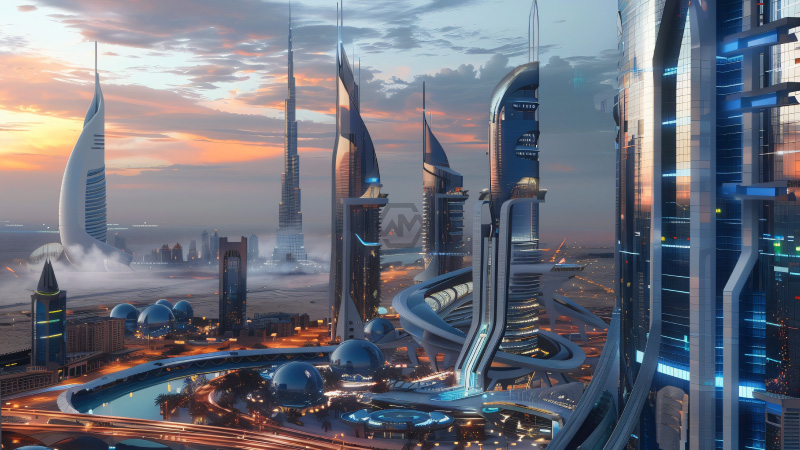- 3D visualisations and digital twins offer real-time, dynamic models of building designs, enhancing accuracy and collaboration.
- These technologies improve sustainability by optimizing material use and reducing waste.
- Digital twins provide valuable insights into building performance, supporting smarter and more efficient construction practices.
The integration of 3D visualisations and digital twins is revolutionizing the building design industry by transforming static blueprints into dynamic, real-time models.
Beyond design improvements, digital twins play a crucial role in advancing sustainability. By offering real-time data on building performance, these tools enable more efficient resource use and help identify maintenance needs before they become issues.
The Future of Construction: Embracing Digital Twins and Real-Time Visualisation
The advent of digital twins and 3D real-time visualisations is reshaping how building projects are conceived and executed. These technologies move beyond traditional 2D designs by providing a comprehensive, interactive view of structures. This enhancement allows for more precise adjustments and reduces costly errors, transforming the design process from a static task to a dynamic, collaborative effort.
Digital twins offer more than just visual representation; they serve as real-time reflections of physical assets, capturing detailed data on building performance and operational efficiency. This continuous feedback loop helps identify potential issues early, enabling timely interventions and optimized maintenance strategies. The ability to foresee and address problems before they arise is a significant advantage in maintaining the longevity and functionality of buildings.
Sustainability in construction is greatly supported by these advanced tools. Digital twins and BIM facilitate meticulous planning and resource management, which is essential for minimizing waste and promoting a circular economy. By integrating these technologies, projects can be designed with their entire lifecycle in mind, reducing environmental impact and fostering more sustainable practices.
The role of education in this technological shift is also vital. Universities and educational institutions are essential in preparing the next generation of professionals to harness these tools effectively. Through hands-on projects and industry partnerships, students gain practical experience, positioning them to drive innovation and enhance the industry’s future.
Embracing digital twins and 3D visualisations is not just a technological advancement but a crucial step toward more accurate, sustainable, and collaborative building practices. These innovations are transforming the construction industry, paving the way for smarter and more efficient future developments.
“Imagine the impact: twice as many design errors detected before a single foundation is poured.” This quote highlights the significant advantage of digital twins in early error detection and prevention in building design.



